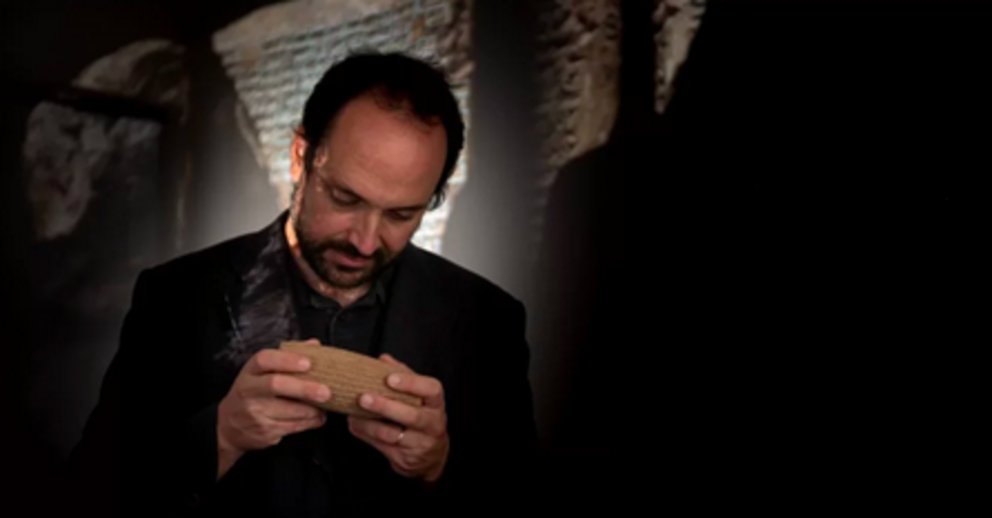New AI tool ‘fragmentarium’ brings ancient Babylonian texts together
An artificial intelligence (AI) bot was developed by linguists at the Institute for Assyriology at Ludwig Maximilian University in Germany to assist in putting together and deciphering illegible fragments of ancient Babylonian texts. It’s been dubbed “the Fragmentarium.”
Enrique Jiménez, Professor of Ancient Near Eastern Literatures at the Institute of Assyriology, is leading a team digitizing every surviving Babylonian cuneiform tablet. Since 2018, the team has processed over 22,000 text fragments.
The team created the Fragmentarium, a groundbreaking database that automates the assembly of text fragments. The team worked with the Iraq Museum and the British Museum to photograph thousands of fragments.
This new AI program, which operates on both systematic and automated methods, has already identified hundreds of new manuscripts.
Furthermore, it matches up old text fragments, including pieces from the most recent tablet of the Epic of Gilgamesh which is considered the first work of literature in the world.

Professor Enrique Jimenez. Photo: Ludwig Maximilian University of Munich
This ancient Mesopotamian odyssey was written in the Akkadian language in 130 BC and tells the story of Gilgamesh, a ruler of the Mesopotamian city-state Uruk (Iraq).
According to the researchers, the oldest known version of the epic, which was written in cuneiform characters on clay tablets over 4,000 years ago, is “significantly younger” than this recently discovered version of the ancient Epic. It is very interesting, remarks Jiménez, that people were still copying Gilgamesh at this late period.
“There’s so much work to do in the study of Babylonian literature. The new texts we’re discovering are helping us understand the literature and culture of Babylon as a whole,” said Enrique Jiménez.
He plans to publish the Fragmentarium, along with a digital version of the Epic of Gilgamesh—the first containing all transcriptions of cuneiform fragments that are currently known—In February 2023.
“Everybody will be able to play around with the Fragmentarium. There are thousands of fragments that have not yet been identified,” says Jiménez.
Around 200 academics from around the world have used the online platform for their research projects since the project began.

